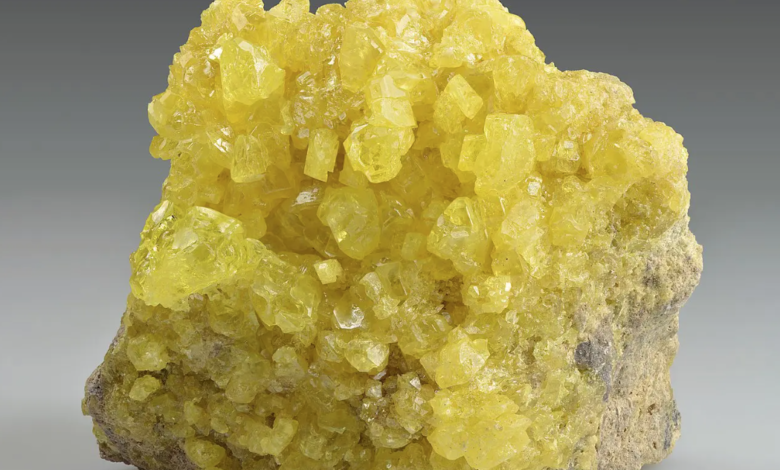High efficiency solar cells with sulfur and selenium

Economical and non-toxic high-efficiency solar cells
(sustainabilityenvironment.com) – How to make solar cells at high efficiency and at the same time economical? To help comes tin sulfide (SNS). It is a common material, non-toxic and easy to produce that could now give a new evolutionary chance to photovoltaics thanks to the work of the University of Tokyo. Here a group of scientists, led by Professor Issei Suzuki of the Institute of Multidisciplinary Research for Advanced Materials, found a way to avoid one of the main problems related to its use.
Tin sulfide is obtained from abundant elements such as sulfur and selenium, and offers interesting photovoltaic properties. Starting from the high coefficient of optical absorption and a direct forbidden band of an average band of 1.3-1.4 EV. On paper it could give cells 32% conversion efficiency. A value that can put it at the same level as crystalline silicon.
That is why it is not the first time that this compound is tested in solar technology. But like many economical and environmentally friendly materials, the sns suffers from low photovoltages. High-efficiency solar cells also require high vacuum voltage. However, the open circuit voltage of tin sulfide units is 5% or less, less than half that of commercial solar cells.
The cause is to be found in the defects of interface that determine the so-called “blocking effect (pinning) of the level of Fermi”, whose displacement is essential for the generation of a voltage.
To overcome the problem the group added to the crystals of molybdenum oxide sns, an important industrial catalyst. Analysis using X-ray photoelectron spectroscopy showed that, in this way, Fermi energy of sns at the interface can be moved across the entire band gap. The results of this research were published in The Journal of Physical Chemistry C on 30 November 2022.





